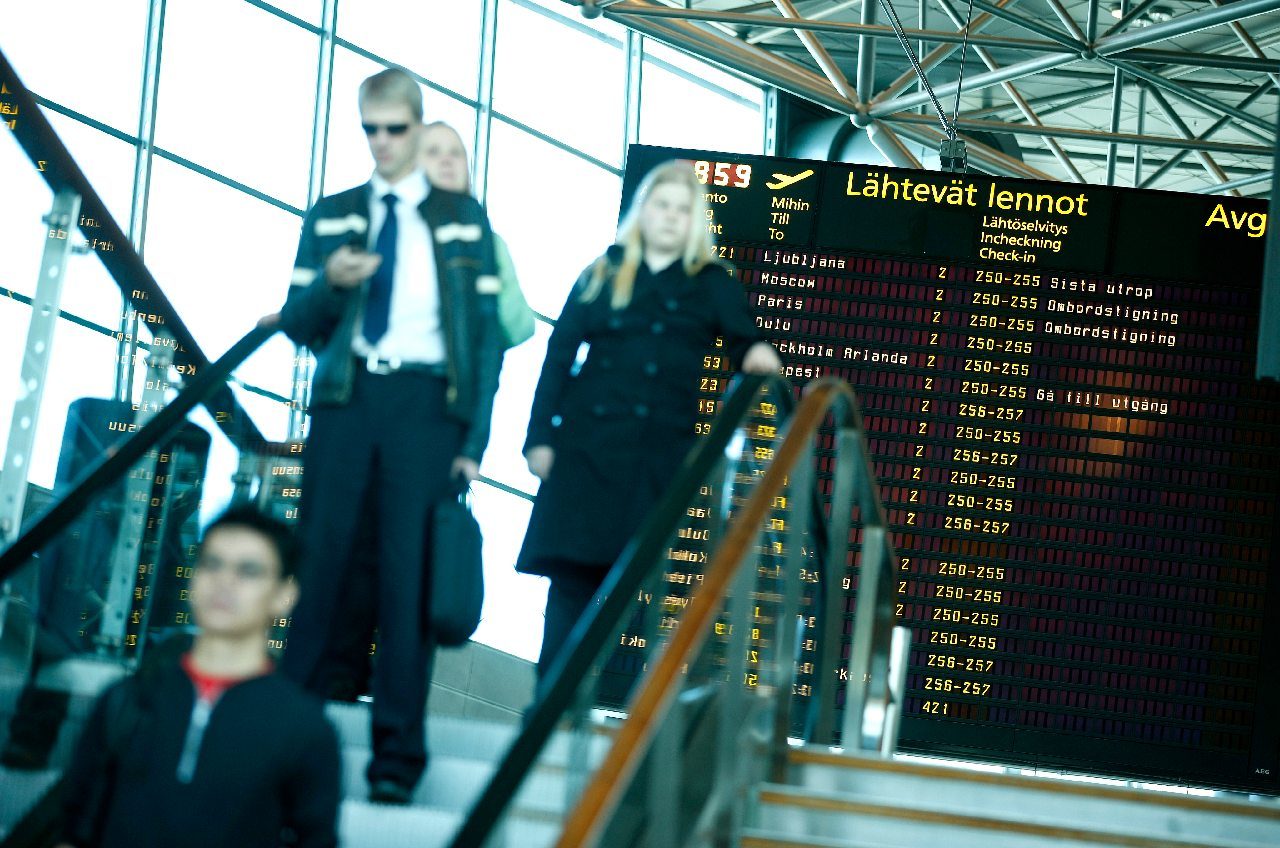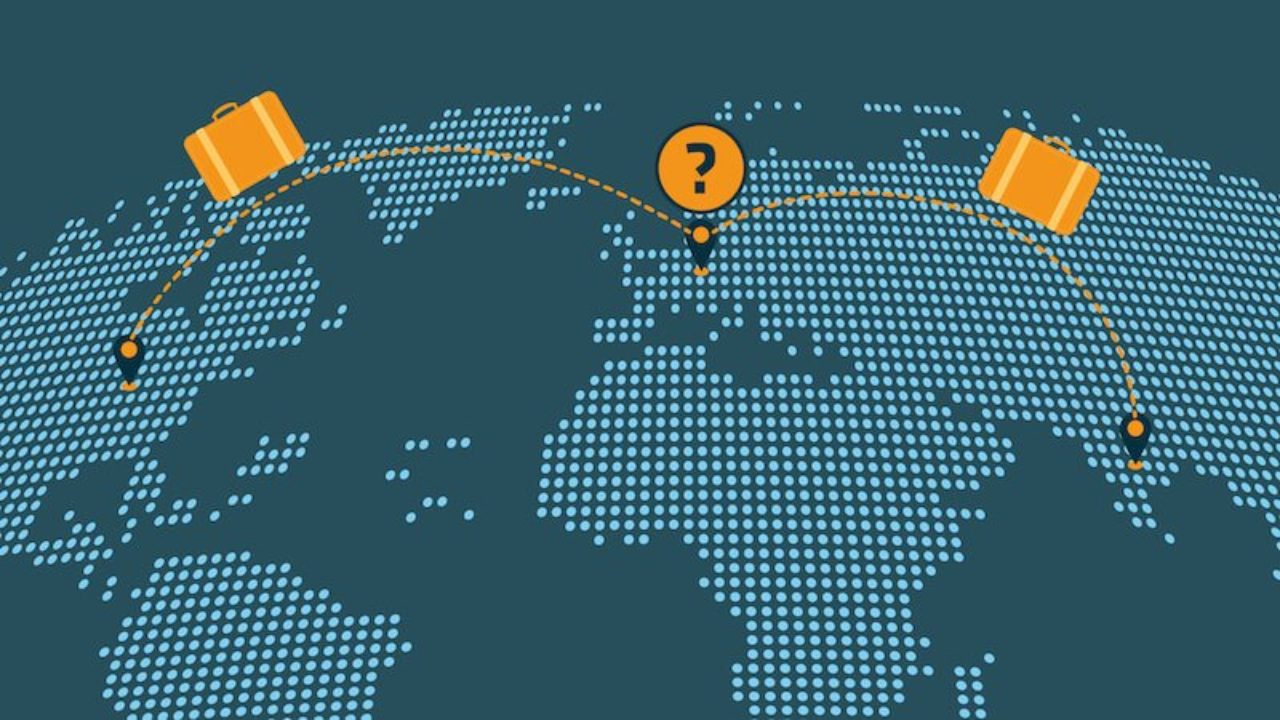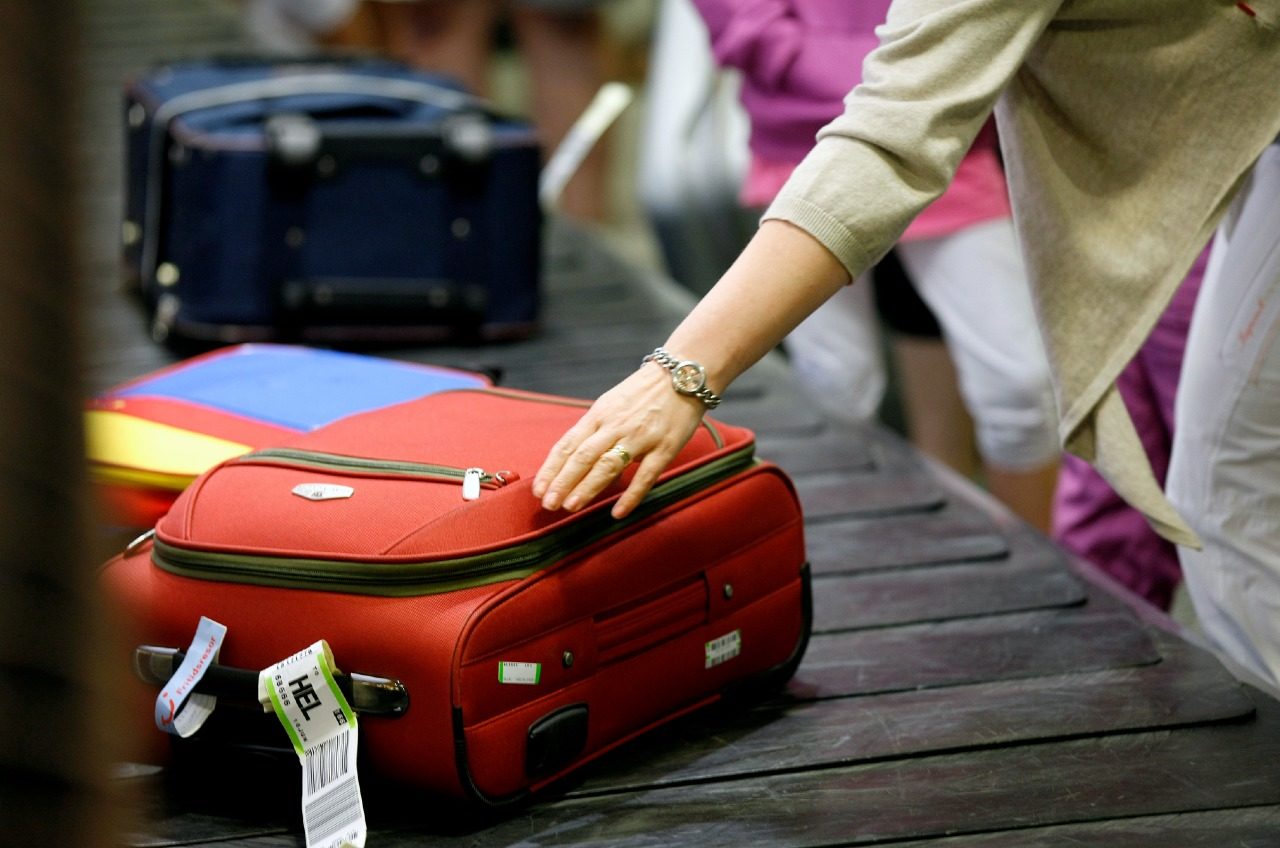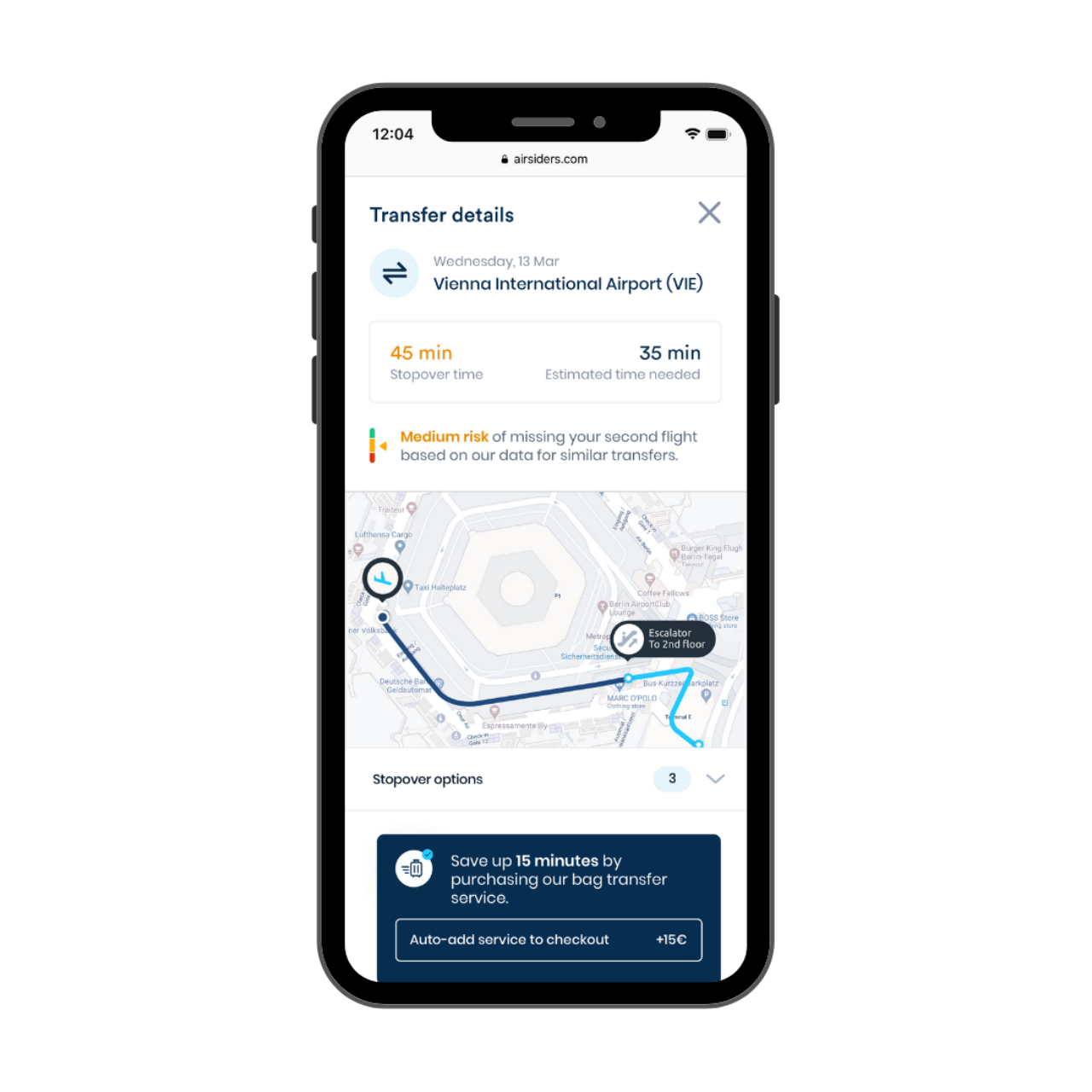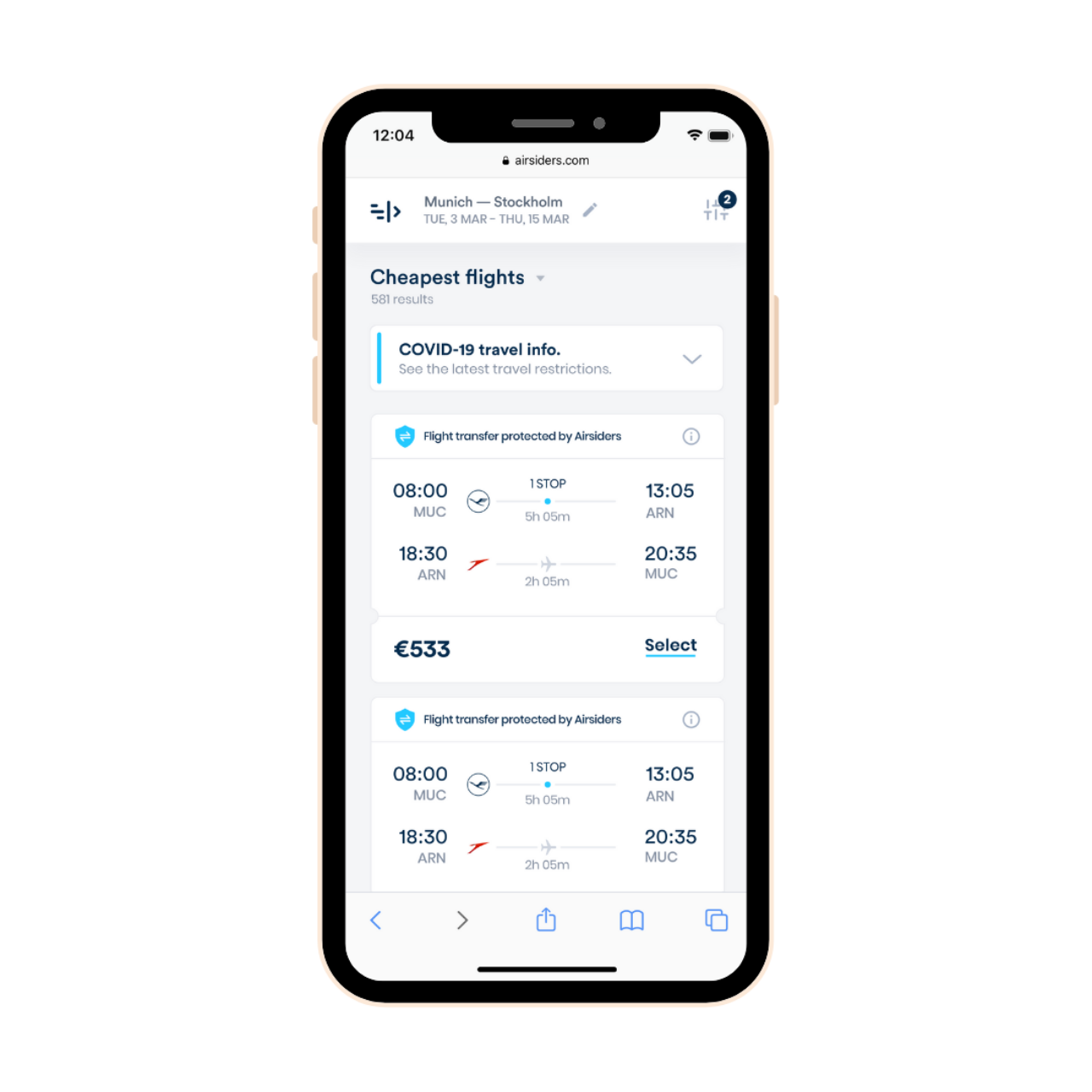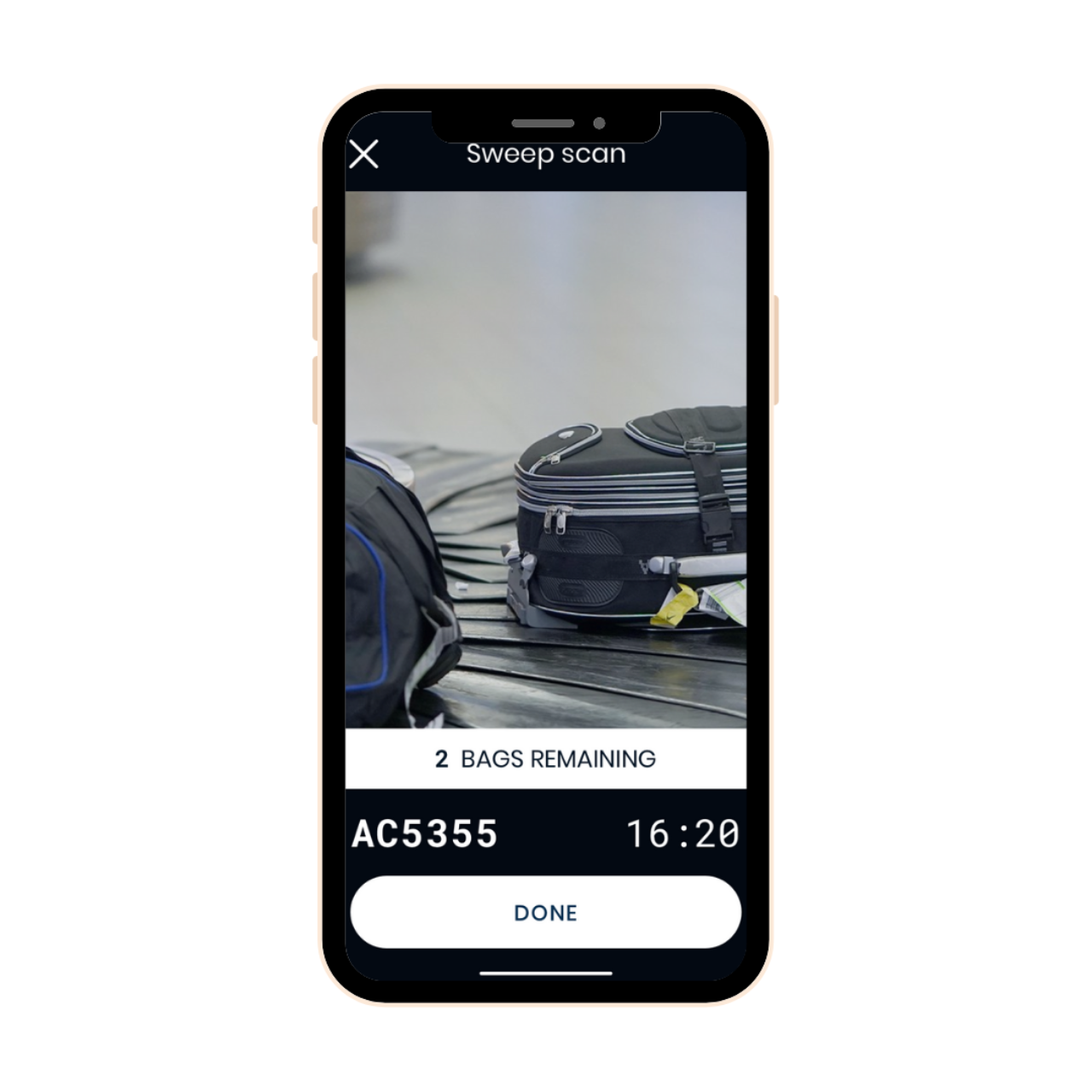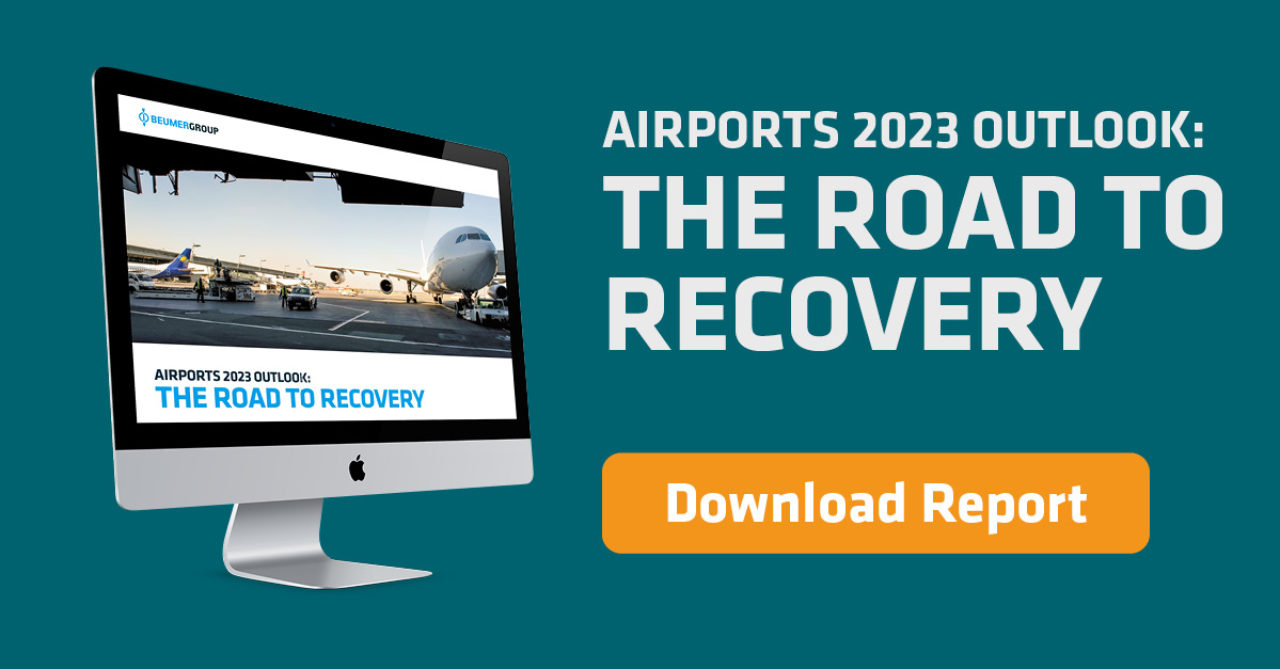The impact of the global pandemic has brought these problems into even sharper focus, with fewer direct flights and passengers being forced to buy separate tickets with separate carriers to now get to their destinations.
Time to re-think the interlining model
But even before the pandemic, it was clear the time had come to re-think the interlining model. Online travel agents were noticing the problem, and smaller airlines started coming up with their own solutions.
Low-cost airline, easyJet, for example, does not belong to airline alliances or participate in codeshare and interline agreements. With its “Worldwide by easyJet” model, it hopes to connect its passengers with over a dozen partner airline flights and vice versa, through interconnecting hubs. The model allows easyJet to open up the world to its passengers, while taking some of the risk out of the independent self-connecting process.
However, while the service does indeed help easyJet passengers connect to other independent flights, there are alternative interlining models that offer some critical elements to further improve the customer experience, such as checked-through baggage.

